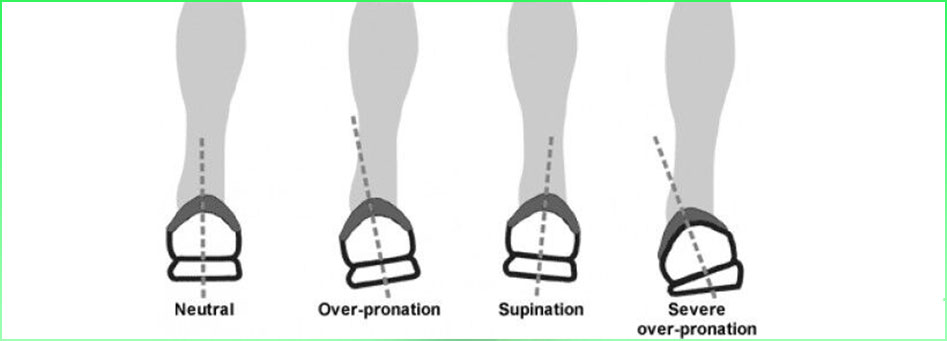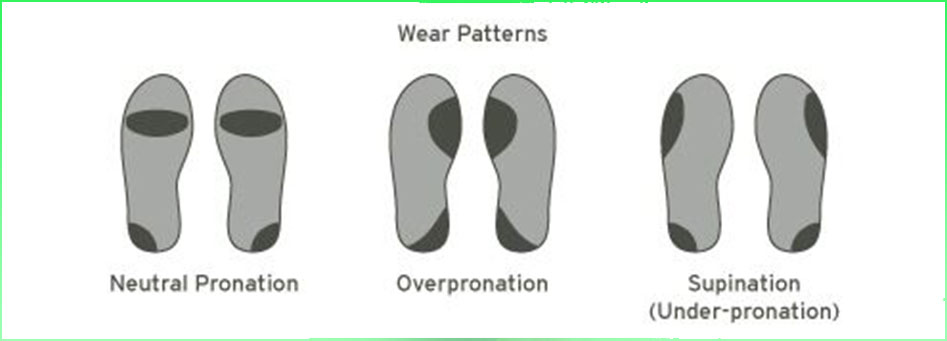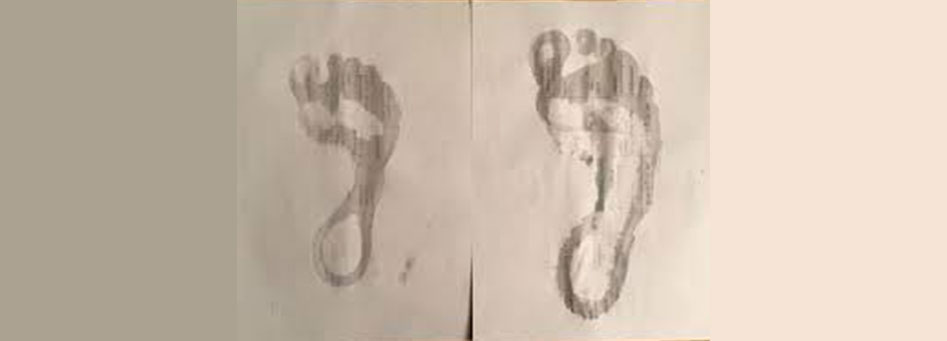


Running Technique
July 28, 2017


The Standard Chartered Marathon 2017-Marathon Training Tips
September 15, 2017

Shoes – A critical part of running
1.Correct running shoes
Correct running shoes are a very important part of running. They lessen the impact of your step and cushion your feet from the heavy landing. The landing force on the shoes when running is about three times the body weight regardless of how fast or slow we are running.
Without proper footwear, repeated exposure to that amount of force will more than likely lead to injury. Sports specific shoes can also improve on performance.
2.Shoe selection
Factors to consider
a).Ensure that you buy shoes designed for running.
Running shoes absorb landing shocks from the whole body mass a few thousand times during a run. They therefore require good cushioning and stability. Training shoes are not so technologically packed because it’s not really needed. Training, or cross-training shoes are generally, heavier, less flexible in the mid-sole and have a lower heel-to-toe-drop. Use of wrong shoes for running leads to discomfort, lowered performance and injuries.
b) Determine the type of running you will be doing and your running style-Road, trail,cross training
Road-running shoes are designed for pavement and occasional forays onto packed surfaces with slight irregularities. Light and flexible, they’re made to cushion or stabilize feet during repetitive strides on hard, even surfaces.
Trail-running shoes are designed for off-road routes with rocks, mud, roots or other obstacles. They are enhanced with aggressive tread for solid traction and fortified to offer stability, support and underfoot protection.
Cross-training shoes are designed for gym or Crossfit workouts or any balance activity where having more contact with the ground is preferred over a thick platform sole
c) Determine your running mechanics/Pronation.
Pronation is the inward movement of the foot as it rolls to optimally distribute the force of impact on the ground as you run creating good shock absorption.. With normal pronation, the foot “rolls” inward about fifteen percent, comes in complete contact with the ground, and can support your body weight without any problem. Pronation is critical to proper shock absorption, and it helps you push off evenly from the front of the foot at the end of the gait cycle.
d)Shoe fit and comfort.
Try on shoes to find the one that fits best.Try towards the end of the day.Feet swell after the days activities. Shoe sizes vary by manufacturer and even from one shoe model to another. Running shoes not only provide substantial midsole foot cushioning, they also offer arch support, aid in the prevention of injuries and can promote improved athletic performance. Most of us have one foot larger than the other one.Try on the larger foot.Make sure there is enough space (3/8″ to 1/2″) for your longest toe at the end of each shoe when you are standing up. Make sure the ball of your foot fits comfortably into the widest part of the shoe. Your heel should fit comfortably in the shoe with a minimum amount of slipping – the shoes should not ride up and down on your heel when you walk Walk in the shoes to make sure they fit and feel right.
e)Don’t skimp.
Shoes are an investment that is worth it. It is likely less than the money and time you’d spend seeing the doctor because you got hurt.
f)Rotation.
Shoes should be replaced every 500 to 800 kilometeres.If you log too many miles in a week,buy more than one pair and alternate.Keep track of the date that you bought them in your training log.
3.Pronation and arch type


Pronation
This refers to the way that the average foot reacts to a stride. Usually the heel contacts the ground first and rolls inward a little. At the same time, the arch of the foot flattens, absorbing the impact of the step or stride. A slight outward roll follows as the foot tenses and lifts for the next step.
a)Basic/Neutral pronation
The feet of runners with basic or neutral pronation work exactly as they should, with only slight rolls to either side at the appropriate time during the stride. This effective type of pronation reduces stress on the ankles, knees, and hips. Runners with neutral or normal pronation require some basic support but need not invest in a special type of running shoe.


b)Supination or Underpronation
Supination or underpronation occurs when the foot rolls outward upon contact, rather than inward. This causes a harsher impact, jarring a runner’s knees unnecessarily. Runners who suffer from this condition should have extra cushioning in the soles of their shoes. Their shoes will also need to have a more flexible upper portion. Supination is fairly rare among runners.
c)Overpronation
When the foot rolls inward too far upon impact, the result is overpronation, which is a common condition among runners. Without proper support, runners with overpronation may suffer injury to their knees. Their shoes should have additional rigidity and stabilizing features to minimize the effects of the condition.-(TBC-identifying arch type and pronation type)
4.Types of feet arch and how they influence pronation/shoe type


a)Low arch/flat feet
Characteristics:
Very flexible foot with an arch that sits low to the ground. Very little arch definition. Low arches are more flexible and tend to roll inwards and over-pronate. Approximately 20% of the population has low archs.
Problems
Heel pain, arch pain, plantar fasciitis, post-tibial tendonitis, heel spurs and medial knee problems.
Best shoes
Motion control shoes, or high stability shoes with firm midsoles and control features that reduce the degree of pronation. Stay away from highly cushioned, highly curved shoes, which lack stability features.
b) Medium arch
Characteristics
Biomechanically efficient foot. Moderately flexible foot. Defined arch. Medium arches are often biomechanically efficient. Approximately 60% of the population has medium arches
Problems
Still can be susceptible to common foot problems such as heel pain metatarsalgia or ball-of-foot discomfort. Imprints for the foot type show approximately half your arch area with a well-defined forefoot and rearfoot.
Best shoes
Stability shoes with moderate control features.
C)High Arch
Characteristics
Very rigid foot with an arch that sits higher from the ground. Well defined arch. Excessive pressure to rearfoot and forefoot. Approximately 20% of the population has high arches,are classified as supinated and are more rigid than other feet.The feet absorb most of the impact and shock. With high arches you have less surface area for absorbing impact and you place excessive pressure on the rearfoot and forefoot areas making one susceptible to foot conditions such as heel pain, ball-of-foot pain or plantar fasciitis.
Potential Problems
Plantar fasciitis, heel pain syndrome, arch strain, metatarsalgia, calluses, claw toes
Orthotics
Orthotics should have proper arch support, metatarsal pads for forefoot relief, and strong cushioning properties.
The right orthotics can help fill in your arch cavity to disperse the shock, and provide the cushioning and alignment needed for you to prevent injuries and maintain a healthy and active lifestyle.
Best shoes
Cushioned (or ‘neutral’) shoes with plenty of flexibility to encourage foot motion
5.Finding out your arch type


There are a number of ways to check this. You can visit a biomechanics expert or experienced shoe retailer or carry out the “wet test”. Your running shoe wear can also be a good indicator of your pronation and hence arch type
Wet Test
The Wet Test works on the basis that the shape of your wet footprint on a dry floor or piece of paper roughly correlates with the amount of stability you might need in your shoe. However,other variables such as your weight, biomechanics, running experience, and fit preferences come into play.
You should try on and run in any shoe before you buy it, to see whether it feels right for your stride. Ideally, a fit specialist from a specialty running store can assist you by asking questions about your running and injury history, looking at your old shoes, and observing you run
- Pour a thin layer of water into a shallow pan.
- Wet the sole of your foot.
- Step onto a shopping bag or a blank piece of heavy paper and stand on that leg.
- Step off and look down.
Normal Arch
If you see about half of your arch region filled in, you have the most common foot type that naturally supports your bodyweight and pronates normally under load and you can wear just about any shoe.
Flat (low) arch
If the arch of your footprint is filled in, it’s likely that your foot collapses inward when you run. This acts as a shock absorber, but the additional rolling in of your foot may stress your feet and knees, adding to your injury risk requiring shoes with more stability, such as internal wedges that build up the arch side, dual-density midsoles and supportive “posts,” or wider, more substantial midsoles.
High arch
If your footprint shows little or no contact along the outside edge and you see just your heel and the ball of your foot, you have a “high” arch. Your foot may not roll in much when you run, but it doesn’t absorb much shock. –Well cushioned shoes with little or no arch support are required.
6.How to buy the right running shoes
To ensure you run with happy feet, you need to make sure the shoe fits properly from heel to toe
1
Heel
Your heel should fit snug, but not tight-Laced up (but not tied), one should be able to slide feet out. Lacing shoes up through the final eyelet minimizes slippage. There will be some heel movement, but it shouldn’t be uncomfortable. Any irritation during trying a new shoe will be amplified once you hit the road.
2
Instep
A shoe’s upper should feel snug and secure around the instep, if you feel pressure and tightness, you need more space.” If an otherwise great shoe has hot spots or pressure under the laces, try some alternative lacing techniques before moving on to the next shoe.
3
Width
The foot should be able to move side-to-side in the shoe’s forefoot without crossing over the edge of the insole.You should be able to pinch a quarter inch of upper material along the widest part of your foot. If the shoe is too narrow, you’ll feel the base of your little toe sitting on the edge of the shoe last.
4
Length
Feet swell and lengthen over a run, so make sure there’s a thumb’s width of space between your longest toe (which isn’t always the big toe) and the end of a shoe.Your toes should also wiggle freely up and down “Wiggle room protects against front-of-the-foot issues.
5.
Flex
Check the flex point before you put on the shoe. You can do this by holding the heel and pressing the tip of the shoe into the floor. The shoe should bend and crease along the same line your foot flexes. An improperly aligned flex point can lead to arch pain or plantar fasciitis, while a lack of flexibility leads to Achilles-tendon or calf strain.




